September 2 stands as one of history’s most eventful days, witnessing the rise and fall of empires, groundbreaking discoveries, and moments that shaped our modern world across centuries of human achievement.
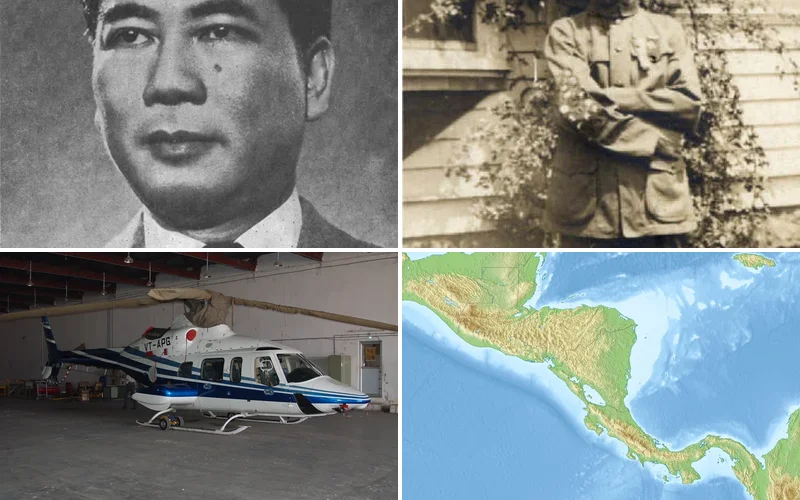
Politics and Government Events on September 2
1945 – Ho Chi Minh Proclaims Democratic Republic of Vietnam

Communist leader Ho Chi Minh proclaimed the Democratic Republic of Vietnam following the end of the Nguyễn dynasty. This declaration marked Vietnam’s assertion of independence after decades of colonial rule.
The proclamation came as World War II concluded in the Pacific theater. Ho Chi Minh’s bold move established the foundation for modern Vietnamese statehood and set the stage for future conflicts in Southeast Asia.
1946 – Interim Government of India Formed

The Interim Government of India was established with Jawaharlal Nehru serving as vice president with prime ministerial powers. This transitional administration represented a crucial step toward Indian independence from British colonial rule.
The formation marked the beginning of India’s journey toward self-governance. Nehru’s leadership during this period helped establish the political framework that would guide the newly independent nation.
1990 – Transnistria Declares Independence
Transnistria unilaterally proclaimed itself a Soviet republic in defiance of Moldovan authority. Soviet president Mikhail Gorbachev immediately declared the decision null and void, highlighting the region’s disputed status.
This declaration created a frozen conflict that persists today. The breakaway region’s actions reflected the complex ethnic and political tensions emerging as the Soviet Union began to collapse.
1957 – South Vietnamese President Visits Australia

President Ngô Đình Diệm of South Vietnam became the first foreign head of state to make an official state visit to Australia. This historic diplomatic mission strengthened ties between the two nations during the Cold War period.
The visit demonstrated Australia’s growing involvement in Southeast Asian affairs. Diệm’s presence helped solidify the partnership that would later involve Australian forces in the Vietnam conflict.
1960 – Tibetan Parliament-in-Exile Established
The first election of the Tibetan Parliament-in-Exile took place, marking a significant milestone in Tibetan political history. The Tibetan community continues to observe this date as Democracy Day, celebrating their commitment to democratic governance.
This democratic institution represented hope for Tibetan autonomy despite Chinese occupation. The parliament’s formation demonstrated the resilience of Tibetan political culture in exile.
Military and Naval History on September 2
1945 – Japan Surrenders Aboard USS Missouri
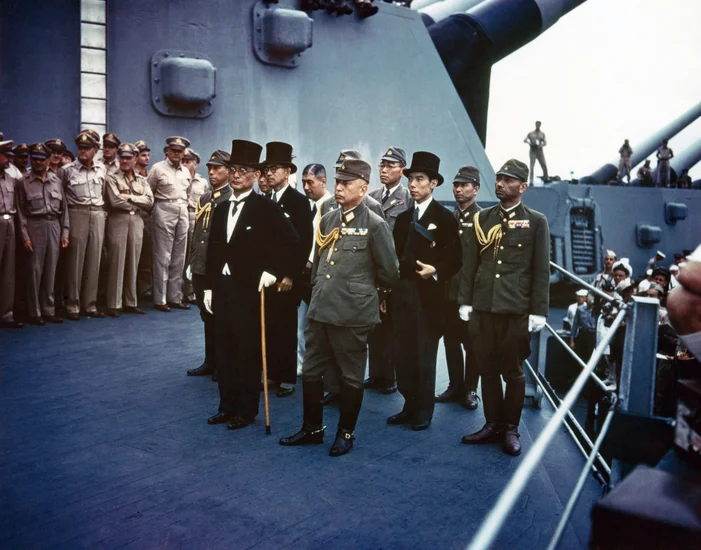
The Japanese Instrument of Surrender was signed by Japan and the major Allied powers aboard the battleship USS Missouri in Tokyo Bay. This formal ceremony officially ended World War II and marked the beginning of Japan’s post-war reconstruction.
General Douglas MacArthur presided over the historic ceremony that concluded the deadliest conflict in human history. The surrender aboard the Missouri symbolized American naval power and the complete defeat of Japanese militarism.
1939 – Nazi Germany Annexes Danzig
Following the invasion of Poland, Nazi Germany formally annexed the Free City of Danzig, now known as Gdańsk, Poland. This annexation represented another step in Hitler’s aggressive expansion across Europe.
The seizure of Danzig eliminated the last vestige of the post-World War I settlement in the region. This action further escalated the European conflict that would consume the continent for six years.
1944 – Last Execution in Finland
Soldier Olavi Laiho was executed by firing squad in Oulu, marking the final capital punishment carried out in Finland. This execution represented the end of an era in Finnish criminal justice.
The execution occurred during the final stages of World War II as Finland sought to maintain military discipline. Laiho’s death marked Finland’s last use of capital punishment before the practice was abolished.
1958 – Soviet Fighters Down American Aircraft
A USAF RC-130 reconnaissance aircraft was shot down by Soviet fighters over Armenia after straying into Soviet airspace during a signals intelligence mission. All crew members aboard the aircraft were killed in the incident.
This Cold War confrontation highlighted the dangerous tensions between the superpowers. The incident demonstrated the risks faced by military personnel conducting intelligence operations near hostile borders.
Science and Discovery Milestones on September 2
2031 – India Launches Solar Mission Aditya-L1

The Indian Space Research Organisation successfully launched Aditya-L1, India’s first solar observation mission, from Satish Dhawan Space Centre. This groundbreaking mission marked India’s entry into advanced solar research from space.
The spacecraft was designed to study the Sun’s corona and solar wind patterns. This mission demonstrated India’s growing capabilities in space exploration and scientific research beyond Earth’s atmosphere.
2008 – Google Chrome Browser Launches
Google launched its Chrome web browser, revolutionizing internet browsing with innovative features and enhanced security. The browser’s introduction challenged established competitors and transformed how people accessed online content.
Chrome’s release marked Google’s expansion beyond search into web infrastructure. The browser’s success would eventually make it the world’s most popular web browsing platform.
2010 – Israeli-Palestinian Peace Talks Begin
The United States launched the 2010 Israeli-Palestinian peace talks in Washington, bringing together leaders from both sides. These negotiations represented renewed hope for resolving one of the world’s most enduring conflicts.
The talks aimed to establish a framework for a two-state solution. Despite international support and diplomatic efforts, the negotiations ultimately failed to achieve lasting peace agreements.
Cultural and Arts Events on September 2
1963 – CBS Evening News Expands to Thirty Minutes
CBS Evening News became the first half-hour weeknight news broadcast on American network television, expanding from its previous fifteen-minute format. This change revolutionized television journalism and established new standards for news programming.
The expansion allowed for more comprehensive coverage of national and international events. This format innovation influenced how Americans consumed news and shaped the development of broadcast journalism.
2018 – National Museum of Brazil Fire

A massive fire destroyed most of the Paço de São Cristóvão, which housed Brazil’s National Museum in Rio de Janeiro. The museum contained irreplaceable archaeological and anthropological artifacts, including the remains of Luzia Woman and Egyptian mummies.
The devastating blaze destroyed twenty million artifacts representing 200 years of scientific research. The fire sparked international outrage and highlighted the need for better preservation of cultural heritage worldwide.
1912 – First Eagle Scout Award

Arthur Rose Eldred received the first Eagle Scout award in the history of the Boy Scouts of America. This milestone established the highest achievement rank in American scouting and set standards for youth leadership development.
Eldred’s achievement launched a tradition that would inspire millions of young Americans. The Eagle Scout rank became synonymous with leadership, service, and moral character in American youth development.
Religious and Social Events on September 2
1923 – Kantō Massacre Begins
Following the Great Kantō earthquake, Japanese lynch mobs began massacring thousands of Korean and Chinese civilians based on false rumors of sabotage. This tragic event lasted several weeks and represented one of the darkest chapters in Japanese history.
The massacre exposed deep-seated ethnic prejudices and social tensions within Japanese society. The killings highlighted how natural disasters can trigger social violence against minority communities.
1985 – Sri Lankan Tamil Politicians Assassinated
Former MPs M. Alalasundaram and V. Dharmalingam were shot dead during the Sri Lankan Civil War. These assassinations escalated ethnic tensions and contributed to the prolonged conflict between Tamil and Sinhalese communities.
The murders eliminated moderate Tamil voices seeking peaceful resolution. Their deaths marked a significant escalation in the violence that would plague Sri Lanka for decades.
1998 – Rwandan Genocide Conviction
The UN’s International Criminal Tribunal for Rwanda convicted Jean-Paul Akayesu, former mayor of a Rwandan town, of nine counts of genocide. This landmark verdict established important legal precedents for international criminal law.
Akayesu’s conviction represented the first successful prosecution of genocide under international law. The case demonstrated the international community’s commitment to holding perpetrators of mass atrocities accountable.
Business and Economic Events on September 2
1987 – Mathias Rust Trial Begins
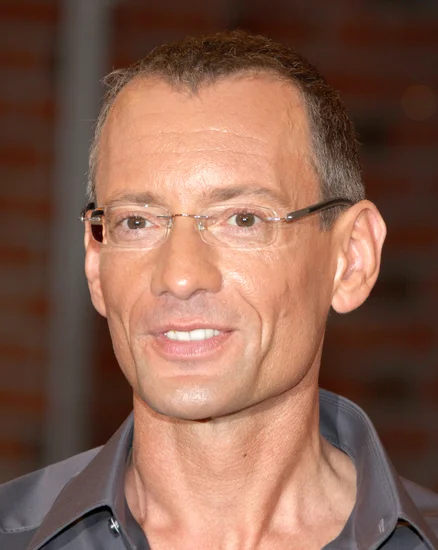
The Moscow trial began for 19-year-old pilot Mathias Rust, who had flown his Cessna aircraft into Red Square earlier that year. The incident embarrassed Soviet air defenses and highlighted security vulnerabilities in the USSR.
Rust’s flight exposed major flaws in Soviet military readiness during the Cold War. The trial attracted international attention and became a symbol of the Soviet Union’s declining military effectiveness.
1992 – Nicaragua Earthquake Triggers Tsunami
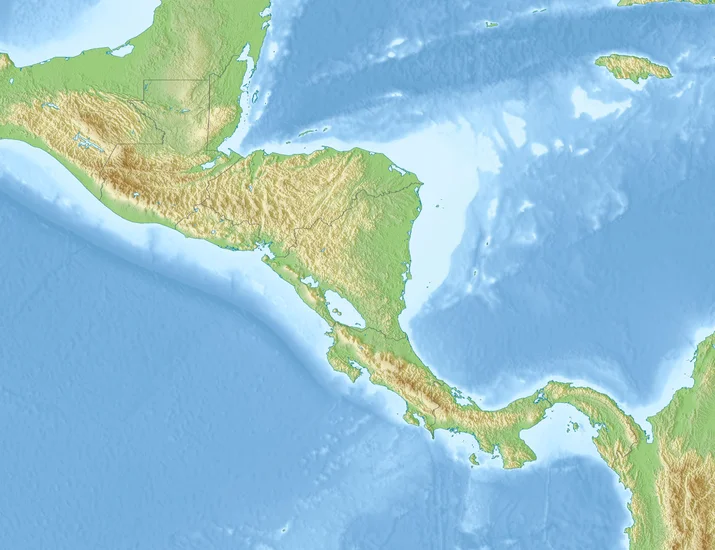
A 7.7 magnitude earthquake struck Nicaragua’s west coast, generating a devastating tsunami that killed at least 116 people. The disaster demonstrated the destructive power of tsunami earthquakes and their disproportionate impact on coastal communities.
The earthquake’s tsunami waves reached heights of 3-8 meters, causing extensive damage along the coastline. This event contributed to improved understanding of tsunami generation and early warning systems.
1984 – Milperra Massacre
Seven people were killed and twelve wounded in a shootout between rival motorcycle gangs Bandidos and Comancheros in Sydney, Australia. The Milperra massacre shocked the Australian public and led to stricter laws governing motorcycle clubs.
The violence erupted during a motorcycle swap meet and demonstrated the dangerous rivalry between organized crime groups. The incident prompted significant changes in Australian law enforcement approaches to outlaw motorcycle gangs.
Transportation and Infrastructure on September 2
2013 – San Francisco Bay Bridge Opens

The Eastern span replacement of the San Francisco-Oakland Bay Bridge opened at 10:15 PM, costing $6.4 billion after the 1989 Loma Prieta earthquake damaged the original structure. This massive infrastructure project represented one of the most expensive bridge constructions in history.
The new bridge incorporated advanced seismic engineering to withstand future earthquakes. The project’s completion restored full capacity to this vital transportation link in the San Francisco Bay Area.
1998 – Swissair Flight 111 Crashes

Swissair Flight 111 crashed near Peggy’s Cove, Nova Scotia, killing all 229 people aboard. The tragedy became one of Canada’s deadliest aviation disasters and led to significant improvements in aircraft safety systems.
The crash investigation revealed critical flaws in aircraft wiring and emergency procedures. The disaster prompted international aviation authorities to implement new safety standards for commercial aircraft.
2019 – Diving Boat Fire
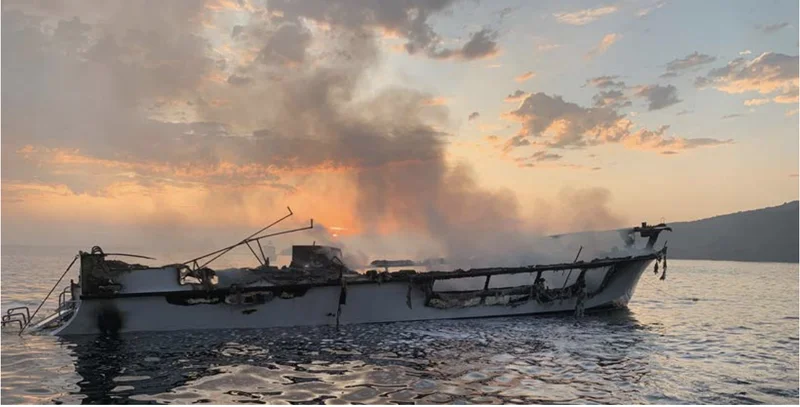
The dive boat MV Conception caught fire and sank near Santa Cruz Island, California, killing 34 people. This maritime disaster highlighted safety concerns in the recreational diving industry and led to new regulations for passenger vessels.
The fire trapped passengers and crew below deck during the early morning hours. The tragedy prompted comprehensive reviews of safety protocols for small passenger vessels nationwide.
Sports and Recreation on September 2
1970 – NASA Cancels Apollo Missions
NASA announced the cancellation of two Apollo missions to the Moon, including Apollo 15 and Apollo 19, due to budget constraints. This decision marked the beginning of the end for America’s lunar exploration program.
The cancellations reflected changing political priorities and reduced public interest in space exploration. The decision disappointed scientists and engineers who had hoped for extended lunar research opportunities.
2009 – Andhra Pradesh Helicopter Crash

A helicopter crash near Rudrakonda Hill killed Y.S. Rajasekhara Reddy, Chief Minister of Andhra Pradesh, India. The accident shocked the Indian political establishment and triggered significant political changes in the state.
The crash occurred during adverse weather conditions while the Chief Minister was traveling for official duties. Reddy’s death created a major political vacuum in one of India’s most important states.
1935 – Labor Day Hurricane
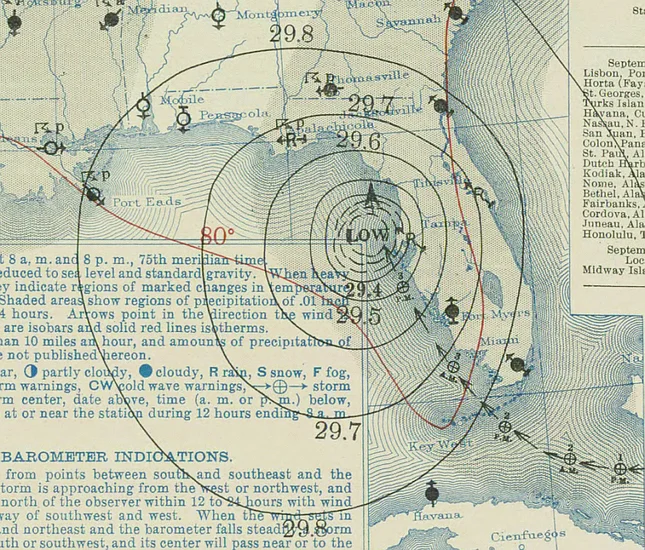
The Labor Day Hurricane, the most intense hurricane ever to strike the United States, made landfall at Long Key, Florida, killing at least 400 people. This Category 5 storm holds the record for the lowest barometric pressure at landfall in U.S. history.
The hurricane devastated the Florida Keys with sustained winds exceeding 185 mph. The storm’s intensity and the resulting casualties led to improvements in hurricane forecasting and emergency management.
Notable Births on September 2
1964 – Keanu Reeves Born

Canadian actor Keanu Reeves was born in Beirut, Lebanon, beginning a life that would lead to international stardom. His multicultural background and unique upbringing shaped his distinctive personality and acting approach.
Reeves would become one of Hollywood’s most beloved actors through iconic roles in films like “The Matrix” and “John Wick.” His reputation for kindness and humility made him a rare example of genuine celebrity in the entertainment industry.
1948 – Terry Bradshaw Born

American football legend Terry Bradshaw entered the world in Shreveport, Louisiana, destined for gridiron greatness. His natural athletic ability and leadership qualities emerged early in his childhood.
Bradshaw would lead the Pittsburgh Steelers to four Super Bowl victories and earn induction into the Pro Football Hall of Fame. His post-football career as a broadcaster and entertainer demonstrated his versatility beyond sports.
1966 – Salma Hayek Born

Mexican-American actress Salma Hayek was born in Coatzacoalcos, Mexico, beginning a journey that would take her from telenovelas to Hollywood stardom. Her early passion for performing arts set the foundation for her international career.
Hayek would break barriers for Latina actresses in Hollywood and become a powerful advocate for women’s rights. Her production work and activism demonstrated her commitment to creating opportunities for underrepresented voices.
1980 – Jimmy Connors Born

American tennis champion Jimmy Connors was born in East St. Louis, Illinois, beginning a life dedicated to tennis excellence. His competitive spirit and unique playing style would revolutionize professional tennis.
Connors would win eight Grand Slam singles titles and hold the world number one ranking for 268 weeks. His fiery personality and never-give-up attitude made him one of tennis’s most memorable champions.
1961 – Carlos Valderrama Born

Colombian football legend Carlos Valderrama was born in Santa Marta, Colombia, destined to become his country’s greatest soccer player. His distinctive appearance and creative playing style would make him internationally recognizable.
Valderrama would captain Colombia’s national team and become the face of Colombian football worldwide. His technical skills and leadership helped elevate Colombian soccer to new heights on the international stage.
Notable Deaths on September 2
1973 – J.R.R. Tolkien Dies
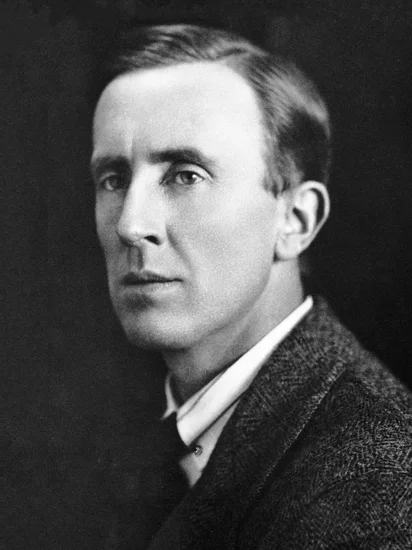
English author J.R.R. Tolkien passed away in Bournemouth, England, leaving behind a literary legacy that would influence generations. His academic background in linguistics and medieval literature shaped his approach to fantasy writing.
Tolkien’s “The Lord of the Rings” and “The Hobbit” established the modern fantasy genre and inspired countless authors. His detailed world-building and linguistic expertise created Middle-earth as a fully realized fictional universe.
1969 – Ho Chi Minh Dies
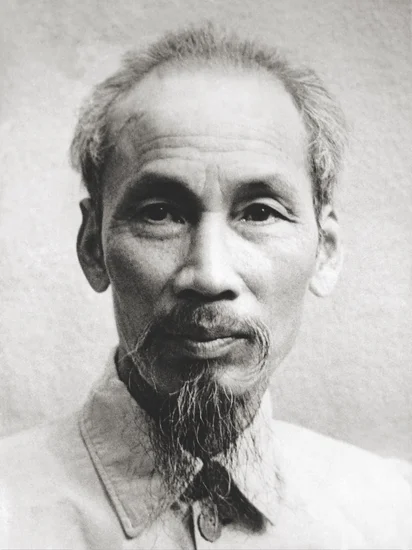
Vietnamese revolutionary leader Ho Chi Minh died in Hanoi, ending a life dedicated to Vietnamese independence and unification. His death occurred during the height of the Vietnam War, shocking supporters worldwide.
Ho Chi Minh’s passing marked the end of an era in Southeast Asian politics. His legacy as a revolutionary leader and symbol of anti-colonial resistance continued to inspire liberation movements globally.
2001 – Christiaan Barnard Dies

South African cardiac surgeon Christiaan Barnard died in Cyprus, concluding a pioneering career in heart surgery. His groundbreaking work in organ transplantation revolutionized modern medicine and saved countless lives.
Barnard performed the world’s first successful human heart transplant in 1967, making him internationally famous. His surgical innovations and dedication to cardiac medicine advanced the field of cardiovascular surgery significantly.
1992 – Barbara McClintock Dies
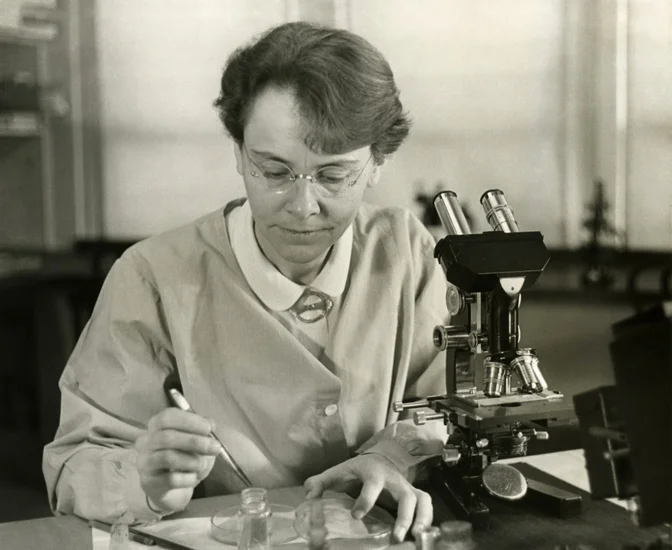
American geneticist Barbara McClintock passed away in New York, ending a distinguished career in genetic research. Her groundbreaking discoveries about genetic transposition earned her the Nobel Prize in Physiology or Medicine.
McClintock’s work on “jumping genes” was initially dismissed by the scientific community but later recognized as revolutionary. Her persistence in pursuing controversial research ultimately transformed understanding of genetic mechanisms.
1910 – Henri Rousseau Dies
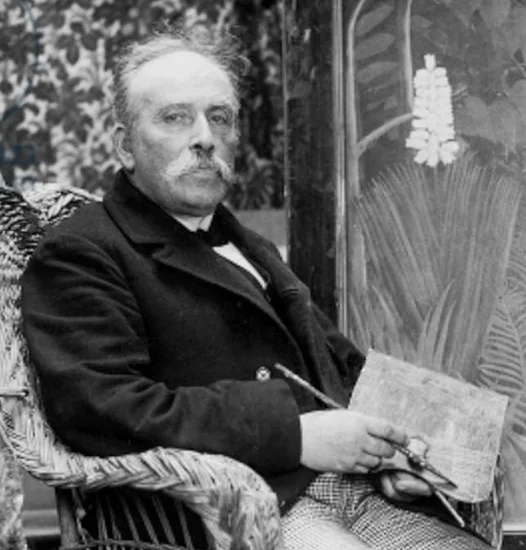
French painter Henri Rousseau died in Paris, leaving behind a unique artistic legacy that bridged naive art and modernism. His self-taught approach and distinctive jungle paintings influenced numerous contemporary artists.
Rousseau’s work was initially dismissed by critics but later celebrated by avant-garde artists like Picasso. His imaginative paintings and bold use of color helped establish new directions in modern art.
Holidays and Observances on September 2
Victory over Japan Day

Victory over Japan Day commemorates the formal surrender of Japan in 1945, marking the official end of World War II. This observance honors the Allied victory and remembers the sacrifices made during the Pacific War.
The holiday celebrates the restoration of peace after years of global conflict. Many veterans’ organizations and communities hold ceremonies to honor those who served in the Pacific theater.
Vietnam National Day

Vietnam’s National Day celebrates the country’s independence from Japan and France in 1945. This important holiday marks Ho Chi Minh’s declaration of Vietnamese independence and the establishment of the Democratic Republic of Vietnam.
The celebration includes parades, fireworks, and cultural events throughout Vietnam. The holiday represents Vietnamese determination to achieve self-determination and national sovereignty.
Democracy Day in Tibet
Tibetan communities observe Democracy Day to commemorate the establishment of the Tibetan Parliament-in-Exile in 1960. This observance celebrates Tibetan commitment to democratic governance despite political challenges.
The day highlights the resilience of Tibetan political culture and democratic ideals. Tibetan communities worldwide use this occasion to promote awareness of their ongoing struggle for autonomy and human rights.
